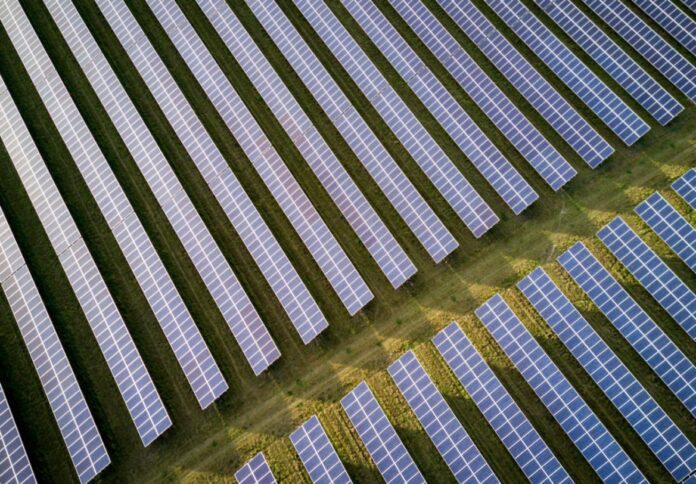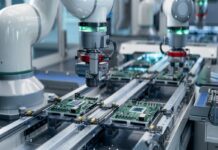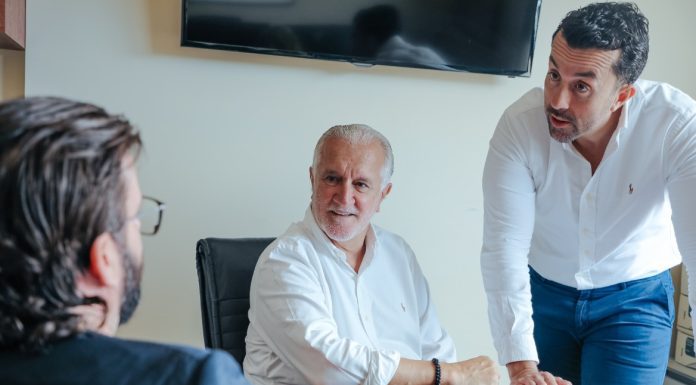
A groundbreaking project backed by Australia’s Economic Accelerator (AEA) Seed funding has advanced perovskite solar cell technology, developing eco-friendly materials and processes that improve energy efficiency and reduce costs.
The initiative, spearheaded by Professor Shujuan Huang and Dr Jincheol Kim, focused on overcoming critical barriers that have limited the industrial adoption of perovskite solar cells (PSCs).
One of the key challenges has been the use of toxic solvents during the fabrication process, which pose environmental and safety risks, AEA revealed in a news release.
In response, the team developed safe, green solvents that allowed the solar cells to achieve energy efficiencies of over 22 per cent, while also ensuring safer working conditions.
Alongside this, the researchers created affordable electron transport materials (ETMs) using graphene quantum dots (GQDs) derived from natural fertilizers.
According to researchers, these materials not only enhanced the solar cells’ stability but also maintained the 22 per cent efficiency, making the technology both cost-effective and environmentally friendly.
‘With the support of AEA Seed funding, we successfully synthesised nitrogen-doped graphene quantum dots, which have greatly improved the efficiency and stability of our perovskite solar cells. This breakthrough has opened new avenues for commercial applications,’ said Professor Huang.
Another major advancement was the development of an optimised slot-die coating method, which allowed for the even application of materials on large solar cell modules.
Researchers said this innovation resulted in efficiencies of over 16 per cent, one of the highest performance levels globally for perovskite solar cells.
Looking to the future, the research team is pursuing additional funding through AEA’s Ignite and Innovate programs to further refine and commercialise their technology.
Professor Huang sees the potential for securing industry partnerships through patents on green perovskite ink and the slot-die coating method.




















